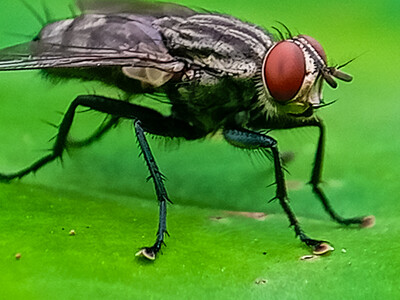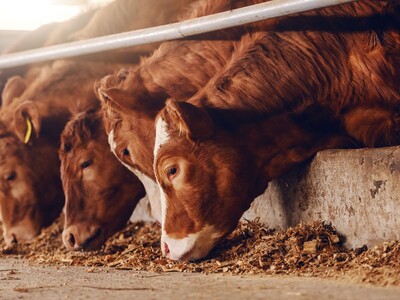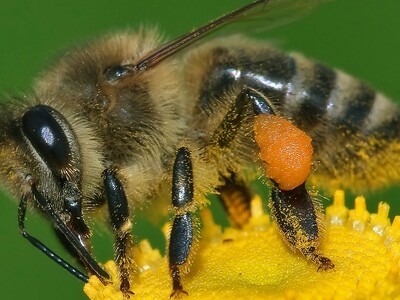Equine Herpes
The Idaho State Department of Agriculture (ISDA) has received confirmation of equine herpesvirus myeloencephalopathy (EHM) diagnosed in a horse in Ada County.The horse traveled from Arizona to Idaho in February and then was transported to the Salty Dash Futurity in South Jordan, Utah, from March 15 – 17. The horse has not traveled to any other events or locations since returning to Idaho and is currently under veterinary care at a private facility, which is now under quarantine. The horse tested positive for the non-neuropathogenic strain of EHV-1, but still presented with neurologic symptoms. The non-neuropathogenic and neuropathogenic strains of equine herpes virus (EHV-1) have both been known to cause neurologic, respiratory and reproductive symptoms. However, the neuropathogenic strain of the virus is more frequently associated with neurologic disease outbreaks and typically causes higher levels of virus in the blood. EHV-1 is ubiquitous and found in most horse populations around the world. Horses are typically exposed to the virus at a young age with no serious side effects. Research has not determined conclusively why horses with EHV-1 can develop the neuropathogenic strain. Currently, there is no vaccine approved to protect again the neurologic disease associated with EHV-1. The virus does not affect humans.
“We encourage owners to contact their veterinarian immediately if they observe any symptoms of illness in their horses,” said Dr. Bill Barton, ISDA State Veterinarian. EHM/EHV is a Notifiable Disease to the State Veterinarian in Idaho. Anyone suspecting or confirming a case of EHM/EHV should call (208) 332-8560 to report cases.
At this time, the decision to cancel upcoming equine events and competitions remains with the event coordinators at each host facility. Horse owners may want to avoid transporting their horses unless necessary. Should horse owners elect to participate in events, they are strongly urged to implement enhanced biosecurity.
Horses that may have been exposed to EHV often take several days to demonstrate clinical illness and run the risk of shedding the virus undetected. Exposed horses that travel to shows or exhibitions could expose other horses before disease containment can be implemented. ISDA urges horse owners to incorporate preventative biosecurity measures while transporting or boarding horses at facilities with regular traffic on and off the grounds and especially where horses are likely to come in contact with new horses such as at rodeos or fairgrounds. Several preventative biosecurity measures are important in minimizing a horse’s risk of contracting the virus:
· Disinfect stalls before use,
· Never share water or feed buckets and tack or grooming equipment, and
· Avoid unnecessary contact with other horses.
Additionally, people who work at multiple equine facilities should practice biosecurity measures by washing hands and changing footwear and clothing before entering each facility.

















